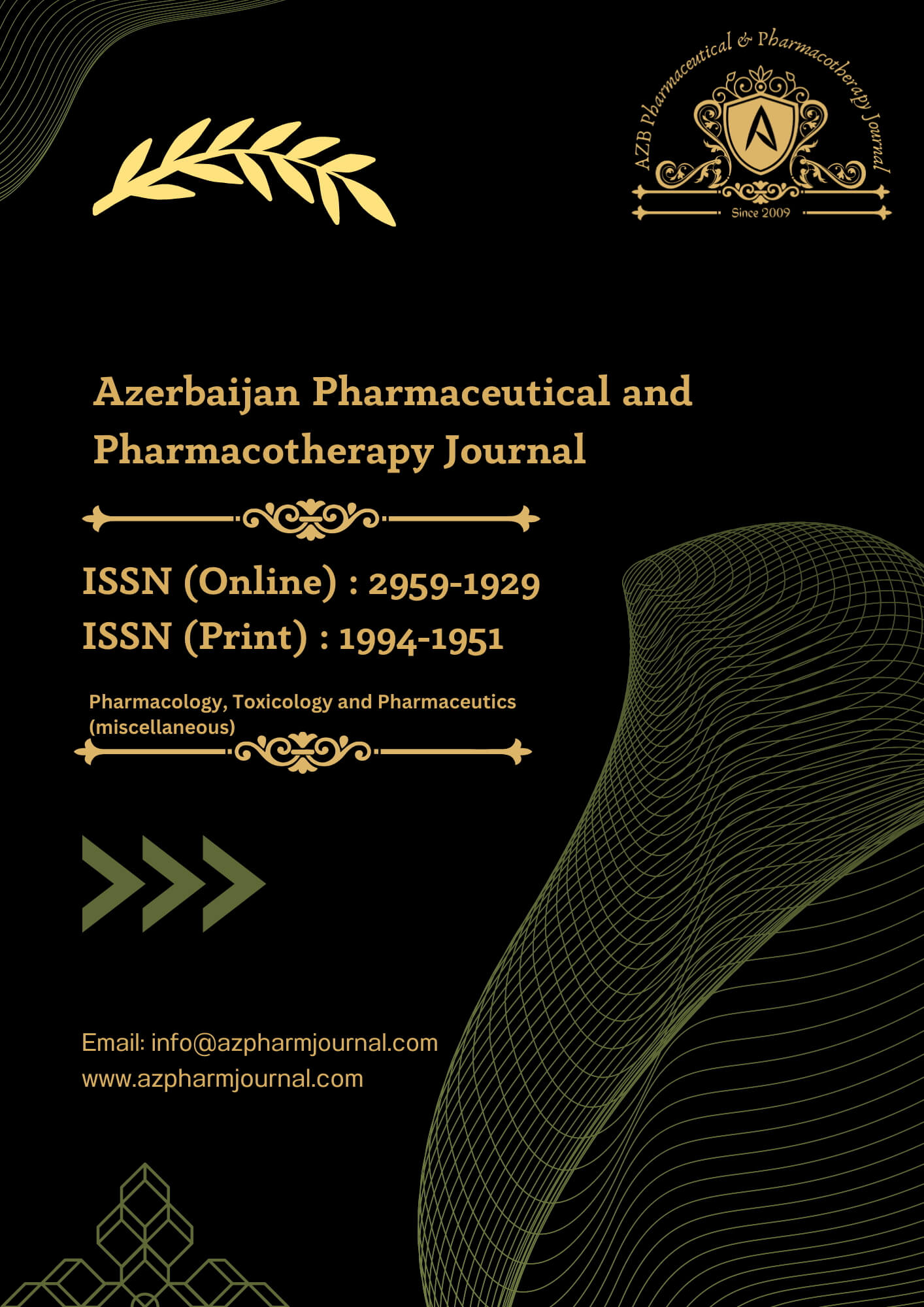The patients with age ranging from 18-86 years were studied. Maximum number of patients were <50 years of age- 78 patients. 43 (28.66%) patients were female and 107 (71.33%) were male.
In our study 24 patients died with crude mortality of 16%. Among the 24 patients who succumbed, 18 died in the age group > 50 years and 6 in <50 years age group. In this study, there was appreciable difference, statistical significance (P value<0.004) found among various age groups.Amongst the mortality, there were 15 (62.5%) males and 9(37.5%) females.In our study <50 years of age having better outcome with 48% discharged and 4% died. In our study >50 years of age having poor outcome with 36% discharged and12% died.
We observed duration of more than 24 hours to be associated with significant mortality in patients with peritonitis. In our study 68 (45.33%) patients had free bowel content i.e. leading to diffuse peritonitis, 45(30%) had local pus with localised peritonitis and 37(24.66%) patients had serous soiling. Among them free bowel content had highest mortality 66.7% followed by serous soiling 20.8%.In our study 113 (75.33%) patients had pus as exudate, 34(22.66%) patients had fecal exudate, 3(2.4%) patient had clear exudates. Mortality rate was higher with fecal exudate (12%).
In our study patients with organ failure at the time of presentation having outcome with 20.66% discharged and 14.66% died. Patients without multi system organ failure at the time of presentation having outcome with 63.33% discharged and 1.3% died. In correlation of multi system organ failure with incidence of mortality p value in our study was <0.000 which is statistically significant.
In our study the malignancy was present in 6 (4%) patients and 144(96%) patients were not diagnosed with malignancy.
In our study 42(28%) patients underwent exploratory laparotomy with primary repair in peptic perforation peritonitis, 6(4%) patients underwent exploratory laparotomy with primary repair in ileal /colonic perforation, 22(14.67%) patients underwent appendicectomy, 23(15.33%) patients underwent exploratory laparotomy with resection anastomosis (RA) and 57(38%) patients underwent exploratory laparotomy with diversion stoma. Most common procedure performed was exploratory laparotomy with diversion stoma (57) followed by exploratory laparotomy with primary repair in peptic perforation (42) followed by exploratory laparotomy with resection anastomosis (RA) (23).
In our study 49 (32.67%) patients had ileal perforation, 42(28%) had peptic perforation, 33(22%) had colonic perforation and 26(17.33%) patients had appendicular perforation. The most common site of perforation was ileal (49) followed by peptic (42) and colon (33).
ROC analysis was done to identify the best cut off for MPI. The cut off that we got was 27 for which the sensitivity and specificity was calculated to be 91.70% and 88.90% respectively. (Area under Curve= 94%)
ROC analysis was done to identify the best cut off for SEPSIS SCORE OF STONER AND ELBUTE. The cut off obtained was 24.50 at which the sensitivity and specificity was calculated to be 100% and 100% respectively. (Area under curve=100%).
ROC analysis was done to identify the best cut off for POSSUM. The cut off was found out to be 47.50 at which the sensitivity and specificity was calculated to be 91.70% and 90.50% respectively. (Area Under Curve=94.4%).
Table 1: Outcome of patients according to Age
|
Outcome
|
N
|
Mean
|
SD
|
Age
|
P value
|
|
Minimum
|
Maximum
|
|
Survived
|
126
|
47.67
|
16.258
|
18
|
86
|
0.004
|
|
Death
|
24
|
57.96
|
13.454
|
26
|
78
|
|
Total
|
150
|
49.32
|
16.248
|
18
|
86
|
|
Table 2: Showing correlation of risk factors with incidence of mortality
|
Pre-Op Peritonitis Duration
|
Outcome
|
|
TOTAL (N = 150)
|
Death (N = 24)
|
|
N
|
%
|
N
|
%
|
|
<24 HOURS
|
35
|
23.33%
|
4
|
2.67%
|
|
>24 HOURS
|
115
|
76.67%
|
20
|
13.33%
|
|
Time Between Presentation To Emergency And Surgery
|
|
EM <2
|
40
|
26.67%
|
9
|
6%
|
|
EM >2
|
110
|
73.33%
|
15
|
10%
|
|
Peritoneal Soiling
|
|
Free Bowel Content
|
68
|
45.33%
|
16
|
10.67%
|
|
Localised Pus
|
45
|
30%
|
3
|
2%
|
|
Serous
|
37
|
24.67%
|
5
|
3.33%
|
|
EXUDATE
|
|
Clear
|
3
|
2%
|
0
|
0.0%
|
|
Fecal
|
34
|
22.67%
|
18
|
12%
|
|
Purulent
|
113
|
75.33%
|
6
|
4%
|




